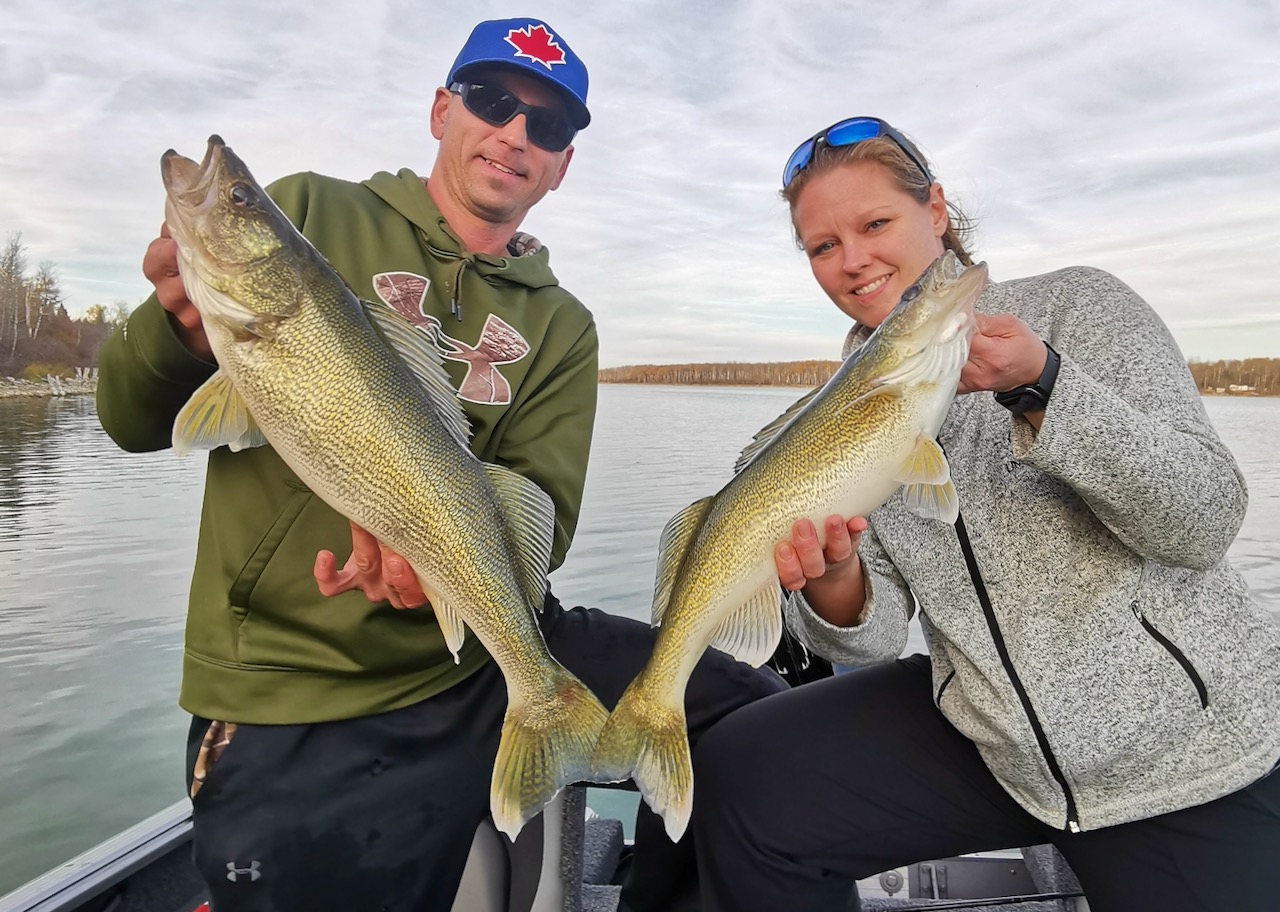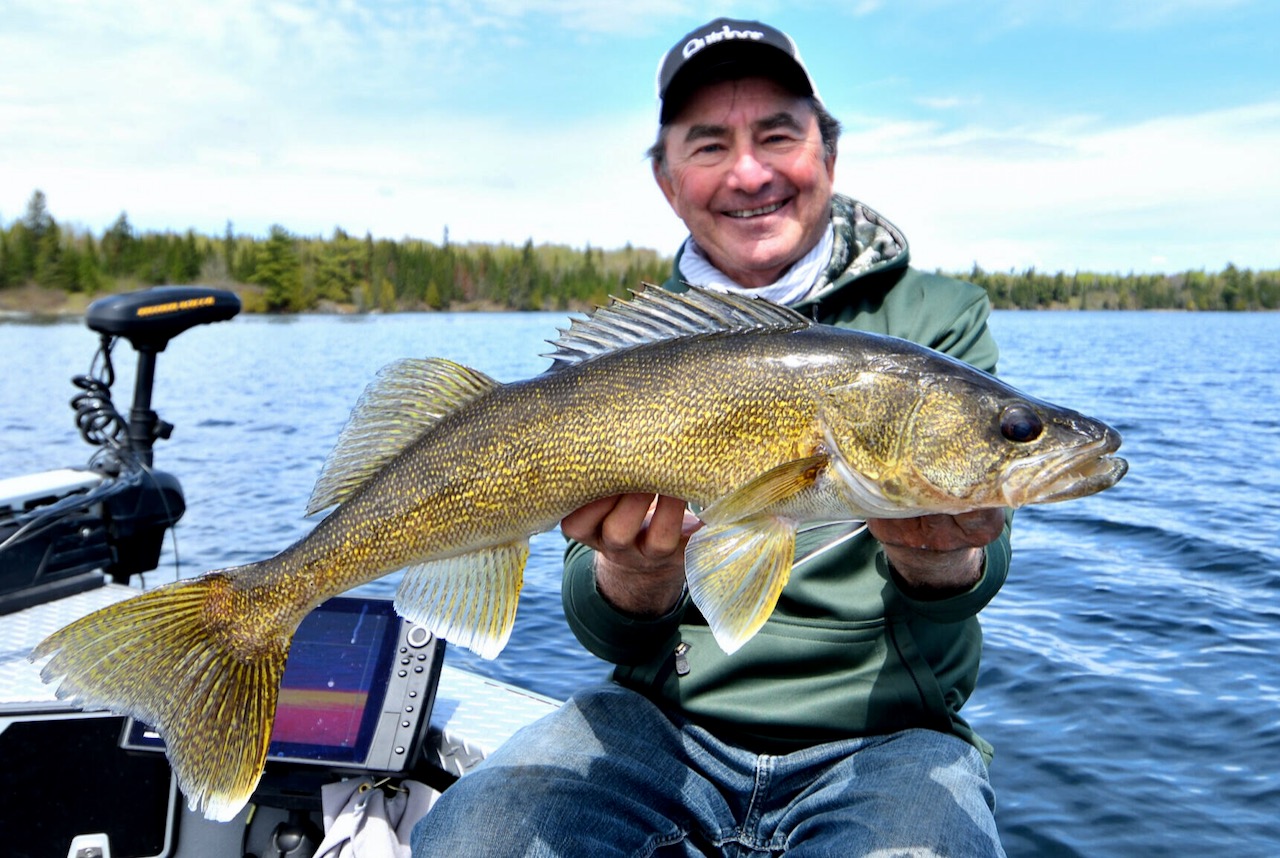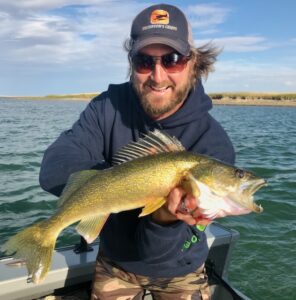FALL FISH FINDERS
How to find big end-of-season walleye, smallies, muskies and pike
Advertisement

WALLEYE
With water temperatures dropping daily during the twilight of the open-water season, I don’t even consider looking for walleye in back bays, coves and shallow flats in lakes. Instead, I restrict my probing to the main-lake basin and structures such as reefs, humps, saddles and underwater points that share one distinctive feature—they all butt up against the deepest water in the lake, or at the very least, adjoin the deepest water in a distinct portion of the lake.
The stable water temperature of the deep basin, both in the late season and especially during the upcoming winter months, is what draws walleye into the zone, clustering around the hard-bottom structures.
Advertisement
To better visualize what’s happening, imagine your table top is the deepest basin in the lake. Evenly scatter a box of hooks across it to represent the lake’s walleye population. Now, place several strong magnets on the table to represent the reefs, shoals and submerged points, and watch what happens. The hooks will be drawn to the magnets, congregating around them just as the walleye will stack up on structure.

Early in the fall, especially during overcast days, you’ll typically find the walleye frequenting the tops of the structures in depths of 18 to 24 feet. You’ll also find the fish loosely congregating around any form of cover, such as a patch of gravel on an otherwise hard sand or clay bottom, or a half-dozen boulders. Now fast-forward to the end of the season, and you will find the walleye have moved to the outside edges of structures where there is a precipitous slope down into the basin. That is where you want to fish.

BONUS TIP: RIVER-BOUND WALLEYE
Advertisement
In huge waterbodies such the Great Lakes, Lake Nipigon, Lake of the Woods and Lake Winnipeg, walleye will migrate up major river systems in the spring to spawn. Leading up to that, they will relocate in the fall, eventually settling around the rivermouths to spend the winter. As the walleye migrate, you can find schools of them swimming in the middle of the water column. When they eventually reach their fall destination, however, they’ll settle down on main-lake structures adjacent to deep water, just like their cousins in smaller lakes.
